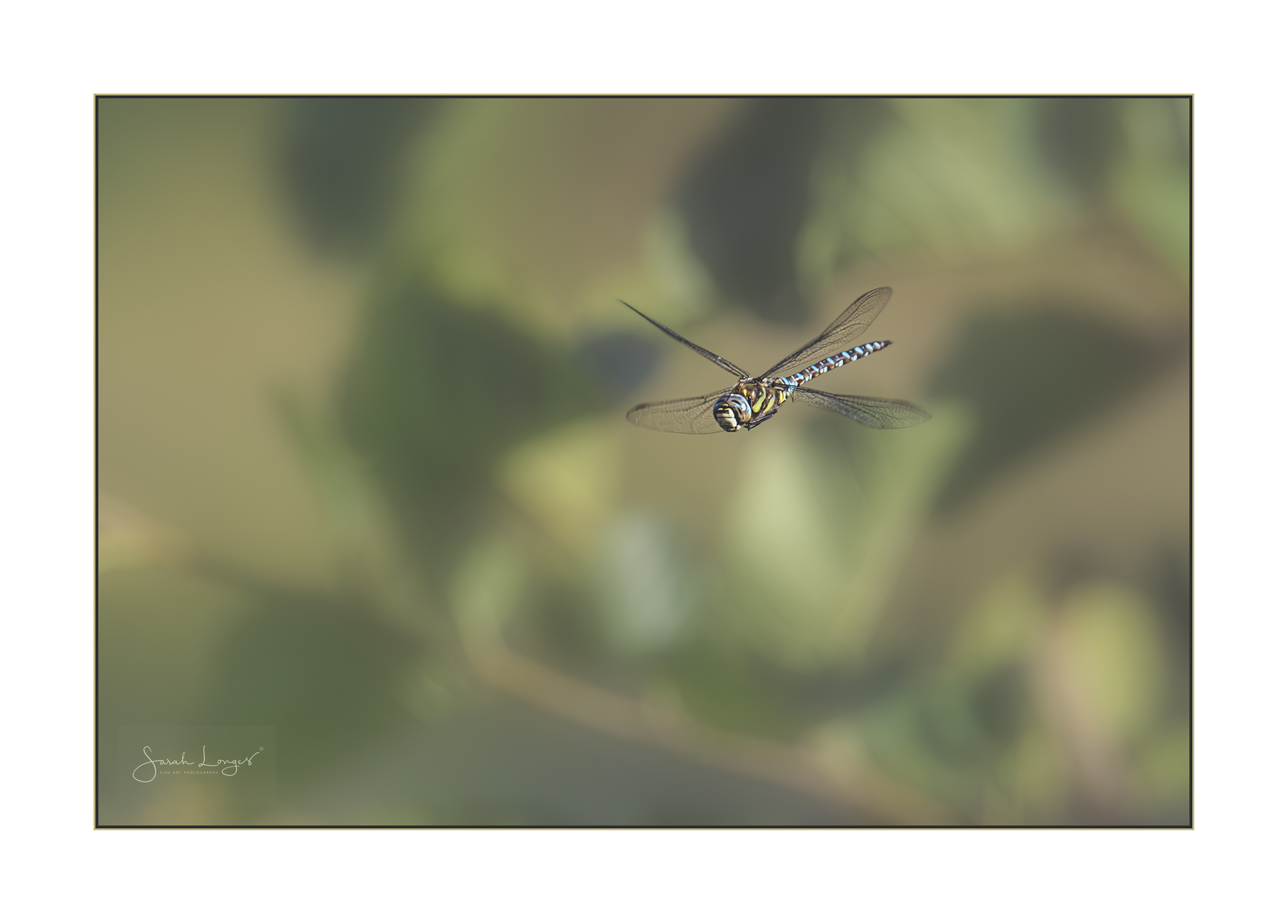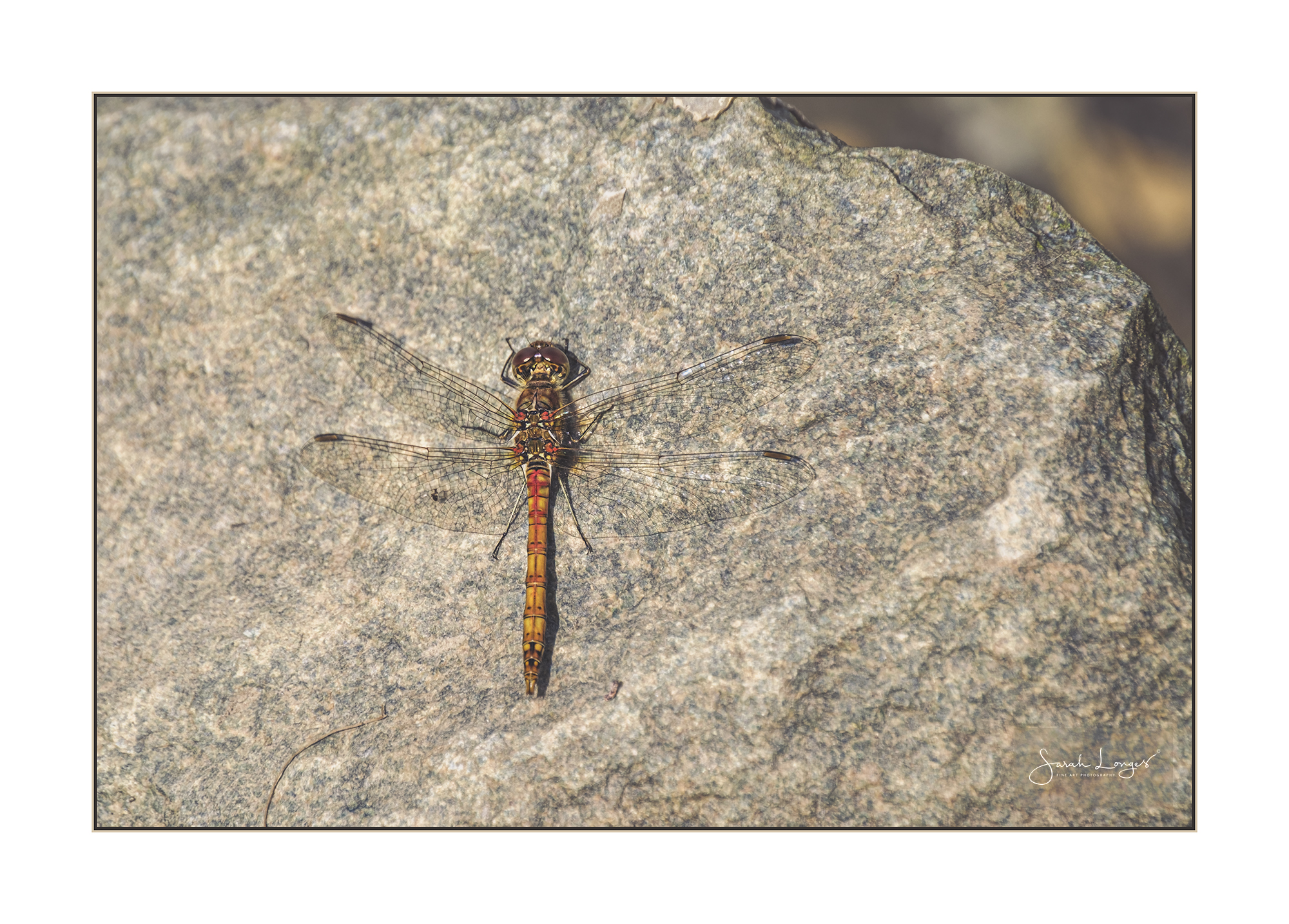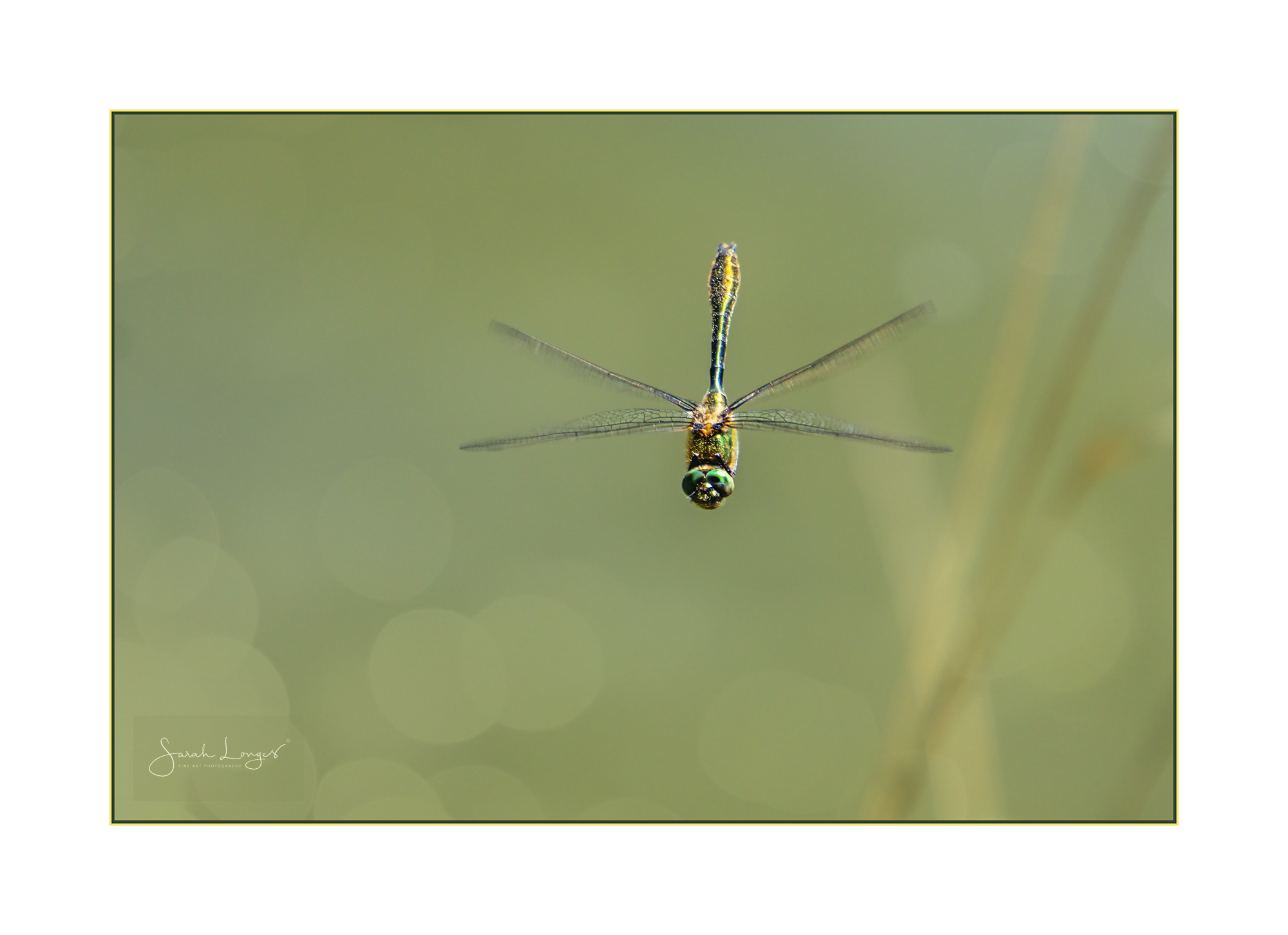
ShareMondays2020 – Flypast
Whenever I watch dragonflies in flight, I am always reminded of fighter pilots. On the eve of the 80th anniversary of the Battle Of Britain, this image, in particular, really resonated with me. The colours and shapes that we associate with military camouflage are all here, in a backdrop to the extraordinary aerial display of this migrant hawker. Watching it hover, soar, dive and rest on the leaves of reeds was just incredible! I could have been watching a Spitfire or Hurricane, in miniature, in a desperate dogfight over the cliffs of Dover. In fact, I was on the edge of the lake at Witley Court and Gardens in Worcestershire.

The life expectancy of a Spitfire pilot during the Battle Of Britain is said to have been just four weeks. The life expectancy of a mature dragonfly is short, typically no more than a week or two, but sometimes they will last for six to eight weeks! Much of their lives are spent as nymphs under the water. Larval development typically takes one or two years, but for some emeralds it can be as short as two to three months, or more than five years for the golden-ringed dragonfly (source: British Dragonfly Society).

Dragonflies are true masters of flight. They have muscles inserted directly into each wing allowing for direct flight. These muscles are hinged so that small movements at the wing-base, translates into a larger movement of the wing itself. It has been described as like “rowing in the air”. Each wing operates independently, giving greater control of their aerial mobility. They can hover, fly upside down, turn a full circle in a split second, reach speeds of nearly sixty miles per hour, and even fly backwards! In many respects, their flight mechanisms are more similar to a helicopter than an aeroplane.

Add into the mix ultra high-definition vision and you have the deadliest predator on the planet! They have up to thirty three different types of light-sensitive proteins in those large multi-faceted eyes. That really puts our own red, blue and green (trichromatic) vision to shame! Studies have shown that each eye is made up of up to thirty thousand facets, each one pointing in a slightly different direction, enabling the dragonfly to see in all directions simultaneously. It’s no wonder they catch more than ninety five per cent of the prey they target! Their skills are unmatched within the insect world. They are Ace Pilots, Top Gun, the best of the best.





























